Addressing Deepfakes: Congress Begins to Take Action Against a Growing Threat
October 9, 2019
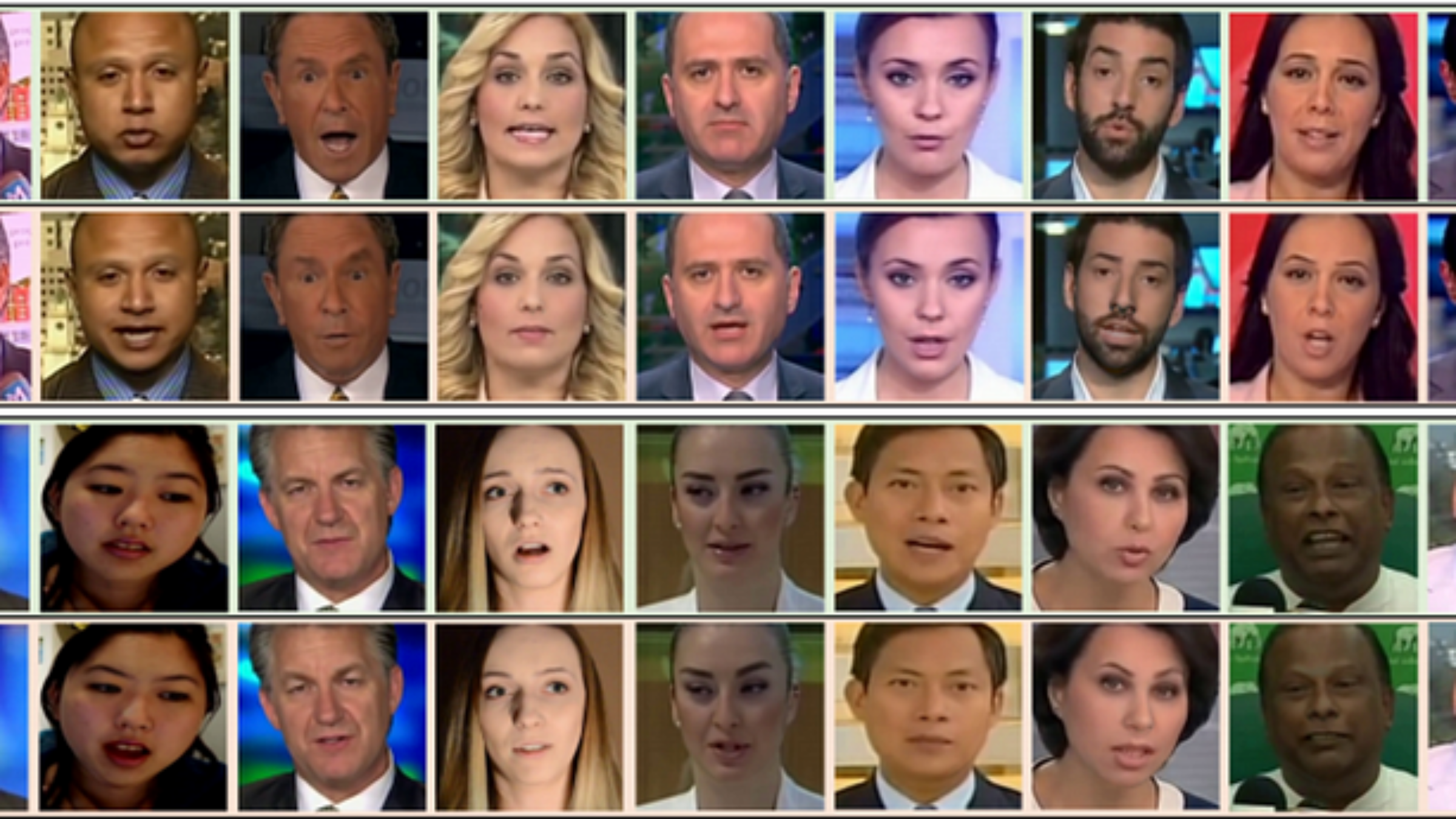

On September 26th, the House Committee on Science, Space and Technology held a hearing into two of the most pressing and dangerous threats facing 21st century democracies: deepfake technology and disinformation campaigns. The hearing was an important opportunity for the Committee to press three noted experts — Dr. Siwei Lyu, Computer Science Professor and Director of the Computer Vision and Machine Learning Lab at the University at Albany, State University of New York; Dr. Hany Farid, Professor of Electrical Engineering and Computer Science at the University of California, Berkeley; and Ms. Camille Fracois, Chief Innovation Officer at Graphika — on how sophisticated deepfake technology has become, how prepared the U.S. is to combat it, and what measures can be taken to mitigate its risk. Taking part in the hearing was Congressional Future Caucus Co-Chair Anthony Gonzalez (OH-16) whose recent bill, the IOGAN Act, aims to spur research into the world of deepfake technology and create better mechanisms to protect the U.S. from its effects.
A deepfake is a type of human image synthesis that uses artificial intelligence technology to create realistic image and video distortions of actual people. Over the past few years the capabilities of deepfake technology have become increasingly infamous. Deepfake videos, such as comedian Jordan Peele voicing over Barack Obama in a PSA about deepfakes, and another warping actor Bill Hader’s face into Tom Cruise’s during an interview on the Late Show with David Letterman, have racked up millions of views on Youtube. While videos like these seem harmless, the underlying significance is much more pernicious. Deepfake technology is already being used to warp speeches given by elected officials and to create pornography seemingly starring famous celebrities, an extreme violation of personal rights.
The potential risks posed by the democratization of deepfake technology have officials on alert on both sides of the aisle. At the beginning of the hearing, a deepfake video created by Dr. Lyu and his team showed Rep. Michael Waltz (FL-6) addressing the room and displayed just how advanced the capabilities of the technology have become. While the video was harmless, the serious concerns the committee had over the influence similar videos can have were unmistakable. Members were attentive and focused on discovering how the misuse of deepfakes could potentially disrupt financial markets, throw elections into chaos, cause discord in diplomatic relations, and more.
The testimonies given by the witnesses were stern, clear-eyed assessments of where we stand when it comes to our preparedness to deal with deepfake technology and disinformation campaigns, and exactly where we need to go moving forward. Panelist expressed increasing concern about the affordability of obtaining the technology to create deepfakes, the lack of education that citizens have in recognizing deepfakes, and the lax attitudes of major tech companies towards the issue. Dr. Lyu acknowledged on multiple occasions just how easy it has become for anybody to access the technology necessary to create deepfakes. The cost is dropping and the talent pool is rising. Dr. Farid put into words just how dangerous this is, stating that “if anything can be faked, anything can be real.” Dr. Farid’s assessment illustrates starkly the potentially existential nature of this problem
While we have seen instances of deepfakes and altered videos, we luckily have not yet had an instance where a fabricated video of a world leader has caused major domestic or global crisis. For all of our shortcomings when it comes to detection and prevention methods, there is still hope to get ahead of the issue. When asked to rate the chance between 1 and 10 that we could see a deepfake video impersonating a presidential, congressional, or gubernatorial candidate in the 2020 election, Dr. Farid responded “5.” He stated that “despite the sophistication of deepfakes, we shouldn’t underestimate the fact that traditional disinformation works really well.” While it may be that traditional forms of disinformation are still the primary form of disruption during the 2020 election cycle, Dr. Farid still warned that deepfake interference is coming, we just don’t know when.
Fortunately, following foreign efforts to influence the 2016 election through various forms of disinformation, Congress is taking an active role in combating the future threat of deepfakes disinformation campaigns. On September 17th, Science, Space and Technology member, and Congressional Future Caucus co-chair, Rep. Anthony Gonzalez (R-OH-16) introduced H.R. 4355, otherwise known as the IOGAN Act. This bipartisan bill, which is also co-sponsored by Future Caucus Co-Chair Rep. Katie Hill (CA-25), directs the director of the National Science Foundation to conduct a study into the outcomes that may be generated by deepfakes. The bill recognizes that there are significant research gaps on the underlying technology used to identify and authenticate deepfake videos, photos, and voice reproduction.
It is encouraging to see Congressional Future Caucus members taking the lead on such a pressing issue. While deepfakes have caught the attention of a wide range of congressional lawmakers, the AI and developmental technology behind them make this an issue of the future and one that Millennial lawmakers will be facing for years to come. As deepfake technology and disinformation campaigns continue to threaten the security of our election, MAP will continue to act as a facilitator for young lawmakers looking reach across the aisle to protect and advance our democracy.
Update: this legislation led by Future Caucus leadership has passed Congress and has been adopted.
Updated 12/29/2019.
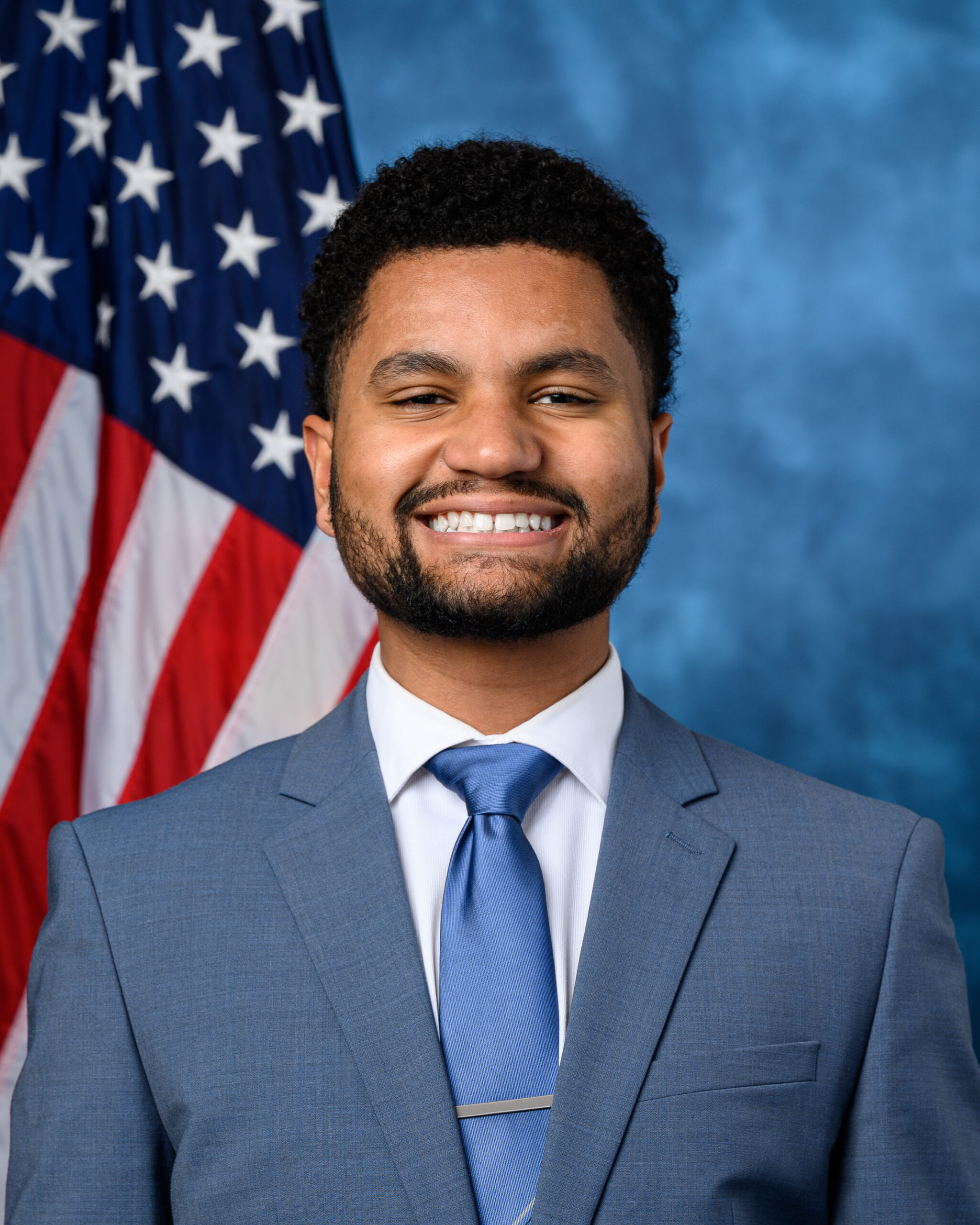
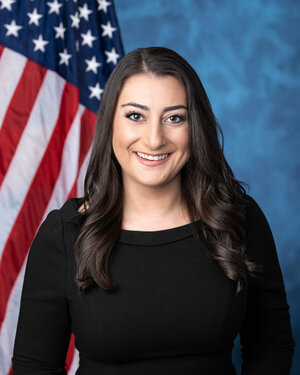

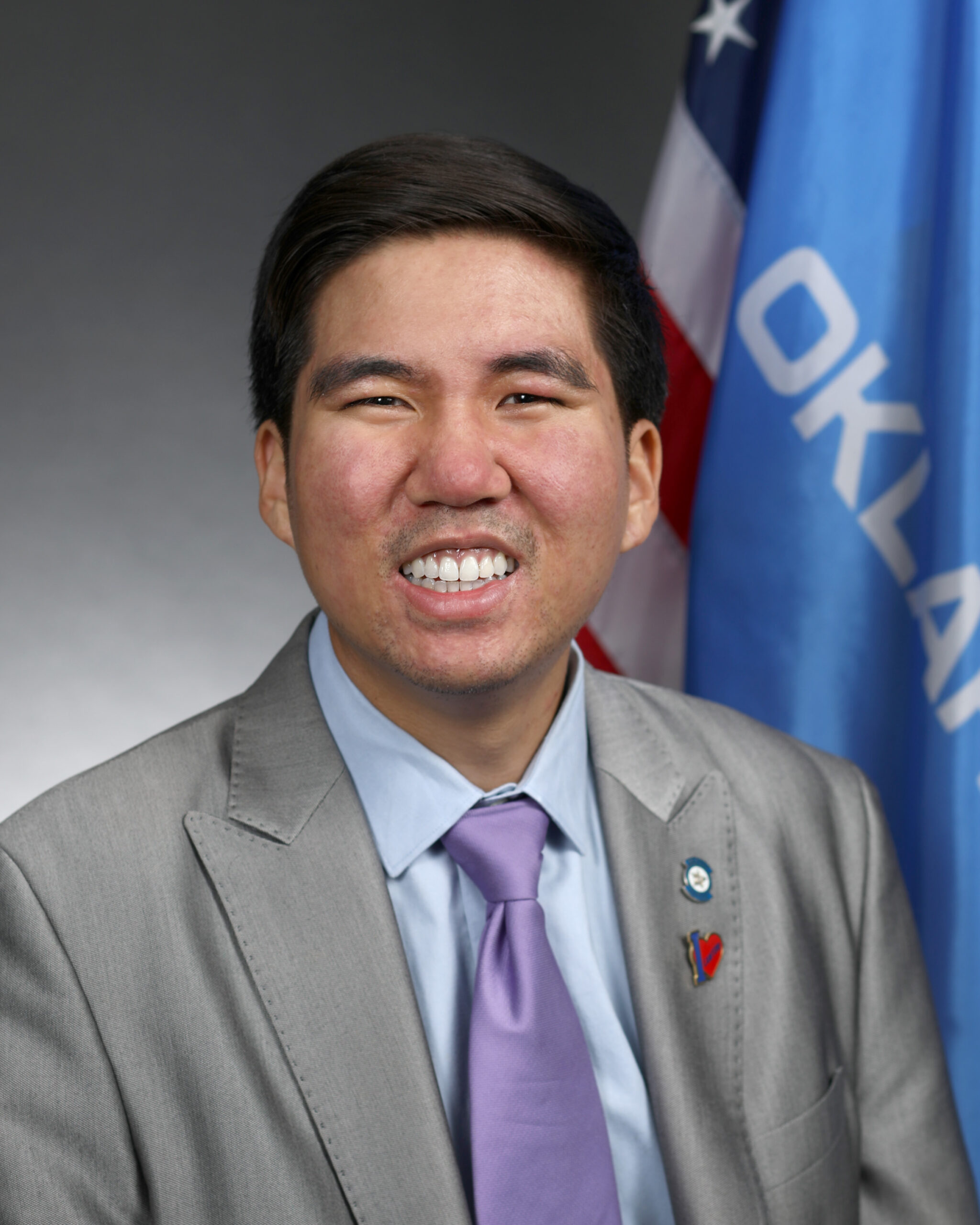
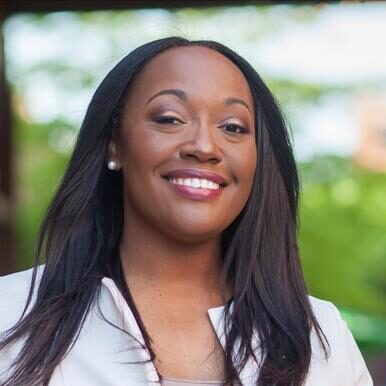
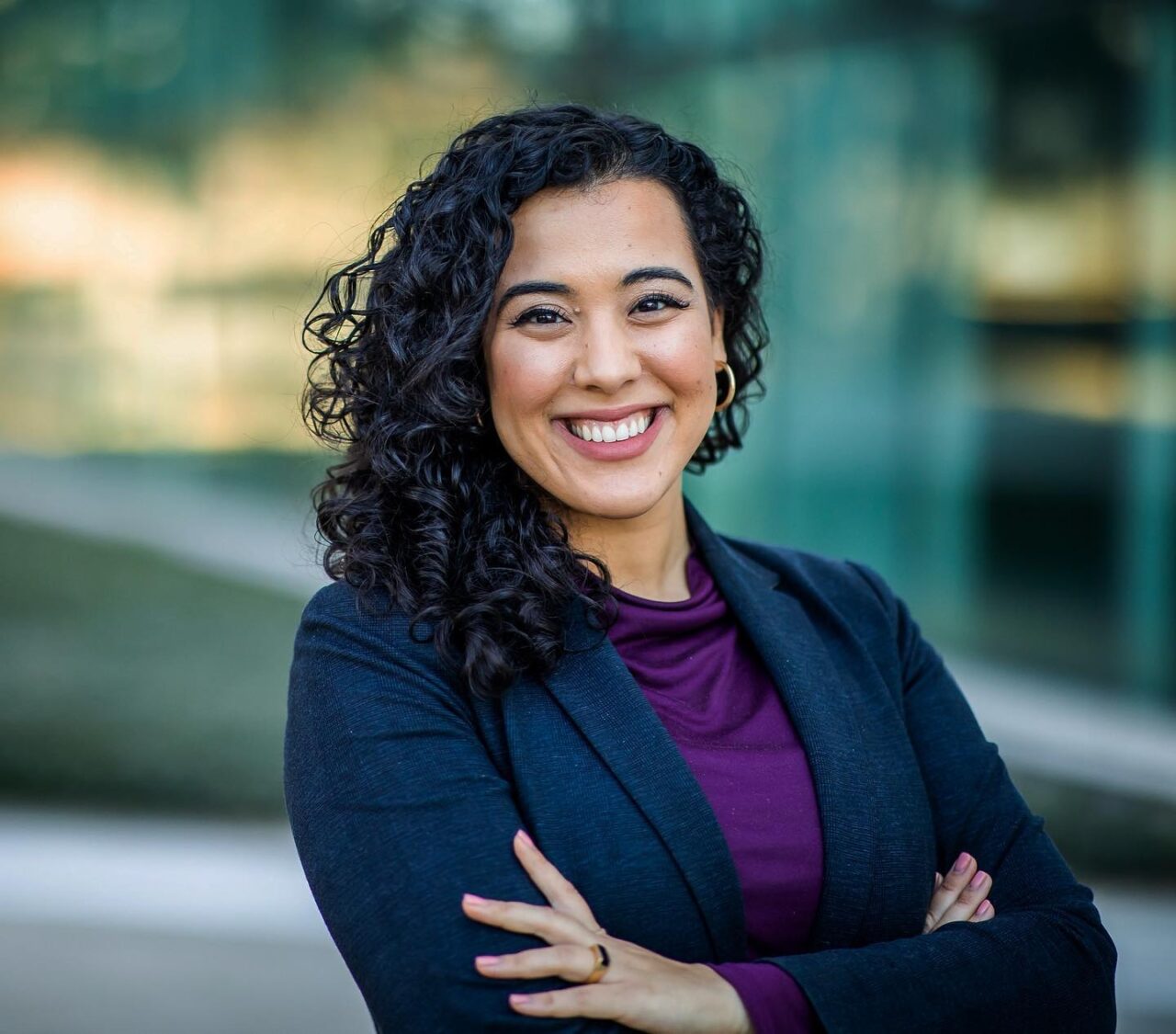
Join 1,900+ BIPARTISAN LEADERS NATIONWIDE
Be a part of a network of lawmakers committed to governing effectively, passing more representative public policy, and increasing public trust in democracy.